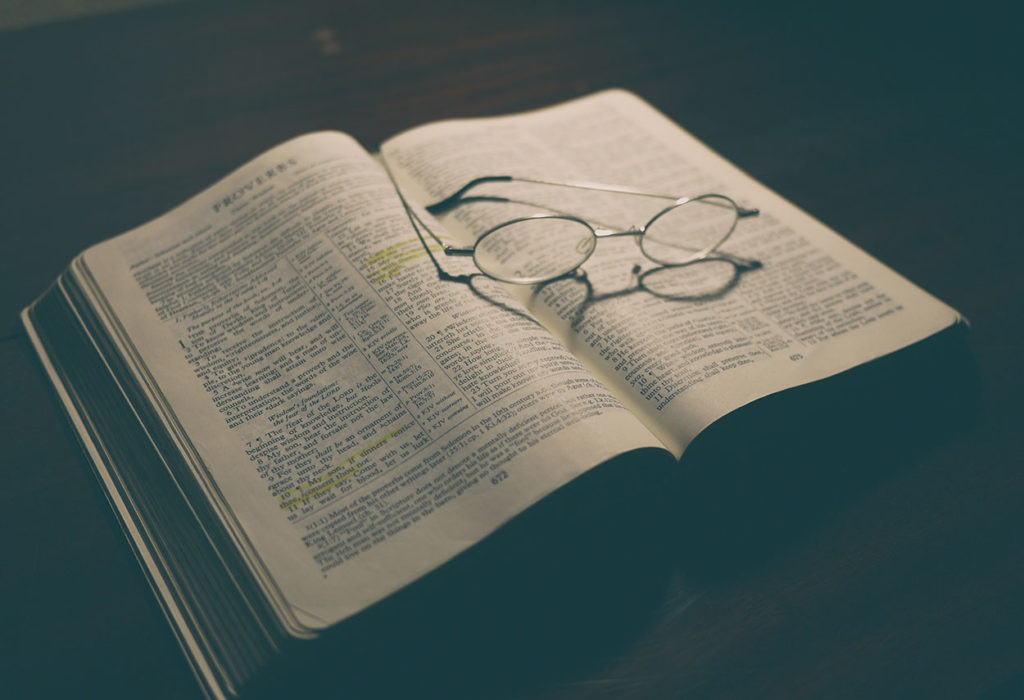In the Western Church the Gospel story assigned for the last Sunday of the Epiphany, the last Sunday before the beginning of the season of Lent, is always the story of the transfiguration, whether from Mark (9:2-8), Matthew (17:1-8,) or Luke (9: 28-36). The story tells of Jesus’ “transfiguration” on a mountain where a few of his disciples witness a dazzling almost blinding light followed by a cloud that overshadowed them. This story is the beginning frame for the season of Lent. And, in brilliant story telling fashion, gives us a glimmer of what is to come. The end of Lent and the first day of the season of Easter is the story of resurrection which also takes place on a mountain, Mt. Calvary. (Another mountain top experience, if you will.) According to the tradition, the New Testament narrative for the season of Lent is the journey of Jesus from Galilee to Jerusalem, the place of his death.
Gravity of the Transfiguration Story
I must make note that the story of the transfiguration also appears on another day in the Christian calendar, August 6. August 6, 1456 was the day the news of the victory of the crusaders over the Turks reached Rome. Pope Callixtus III declared this day the Feast Day of the Transfiguration, adopted by most Christian churches ever since. In this case, a triumphal use of this story for the victors.
August 6 is also the day we dropped the bomb on Hiroshima. The dazzling, blinding light of the blast followed by an overshadowing cloud. Eerily like the description in the Gospel stories. A chilling coincidence.
Here is the story in Luke, the Gospel text assigned for this year’s Last Sunday of the Epiphany, 2019.
“And while he (Jesus) was praying, the appearance of his face changed, and his clothes became dazzling white. Suddenly they (Peter, John and James, three disciples) saw two men, Moses and Elijah, talking to him….Now (the disciples) were weighed down with sleep; but since they had stayed awake, they saw his glory and the two men who stood with him. Just as they were leaving him Peter said to Jesus, ‘Master, it is good for us to be here; let us make three dwellings, one for you, one for Moses, and one for Elijah’ not knowing what he said. While he was saying this, a cloud came and overshadowed them; and they were terrified as they entered the cloud. Then from the cloud came a voice that said, ‘This is my Son, my Chosen; listen to him!’ When the voice had spoken, Jesus was found alone.”
I suggest the story of the transfiguration is at once is an encouraging story and also a cautionary tale. It can serve as a guide for our own Lenten journey.
In my eNewsletter this month I suggest that the season of Lent in our own lives is the time when the question is called about what matters to us, what we believe and why, how we live, what we are going to do with our “one wild and precious life.” It is the reality of death that calls the question. It is the reality of our own death that calls for our transformation.
Elements in the Transfiguration Story
The placement of the transfiguration story in the narrative suggests that “transfiguration” is of the same “substance” as “resurrection.” (My use of “ “ here is to suggest these words mean more than one thing. How can they not?) Poet Denise Levertov offers a beautiful description of Jesus I apply to his transfiguration, substance, and resurrection: “and Spirit streaming through every cell of flesh so that if mortal sight could bear to perceive it, it would be seen His mortal flesh was lit from within, now….”
In the story Moses and Elijah are seen next to Jesus. Often considered to embody the Law and the Prophets. But these two great figures of the Hebrew Bible were also “holy men.” They embodied the presence and power of Spirit. A presence so blessed it can bless. Jesus was one like them.
The disciples “were weighed with sleep” but “stayed awake.” So they did not miss the experience. Aren’t most of us “weighed with sleep”? The call to “awake” and stay awake is almost universal in sacred stories. We miss what is central if we don’t.
On Dwellings
The first impulse of one of the disciples after this numinous experience was to “make three dwellings.” A reflection of the longing and impulse to hold on to such experience, try to capture it even to institutionalize it. It does not take long after our effort to incorporate what we have experienced into structure before it becomes a highly formalized system. “Make three dwellings.” The disciple “did not know what he had said.” It is the Gospel writer who provides this insight.
While the disciple was saying, “make three dwellings,” “a cloud came and overshadowed them.” I borrow from an anonymous 14th century mystic and the title of his magnificent work, “The Cloud of Unknowing.” (A work often used as a manual for contemplative prayer practice.) In brief, the instruction from the author of The Cloud is to be “courageous enough to surrender ones mind and ego to the realm of ‘unknowing,’ at which point one may begin to glimpse the nature of God.” (A truncated description from Wikipedia!) He goes on to say that even what we might consider to be God’s “particular activities and attributes” we are to abandon. This is a hard teaching. The author of The Cloud may or may not have been referencing the cloud that overshadowed the disciples. But I am struck that we could apply the wisdom from The Cloud as a corrective to the impulsive effort of the disciples to grasp or concretize what they had experienced. Also contra-indicated by the Gospel writer himself.
William Blake also urges us not to grasp in this short, to the point poem, interestingly enough entitled “Eternity.”
He who binds to himself a joy
Does the winged life destroy;
But he who kisses the joy as it flies
Lives in eternity’s sunrise.
This sounds so counter intuitive. It is.
Holiness
And the disciples were terrified by this dazzling light and overshadowing cloud. Here I reference Rudolf Otto and his seminal work, “The Idea of the Holy. “ Otto identifies three characteristics of the holy, the sacred: mysterium tremendum et fascinans. The holy is mystery, (Latin mysterium), that is at once terrifying (tremendum) and fascinating (fascinans). The holy is beyond what we can know, (mystery) not of our making or control, (thereby terrifying) and alluring. (compelling, attracting). A participant in our second Saturday Bend Oregon conversations underscored how important the et, the and, is in this descriptor. These three characteristics are held together. In tension. They cannot be parsed. I thank our participant for this important insight.
The end of the story gives this invitation or warning: Listen to Him. Listen to Jesus. For those who have followed the work of the Jesus Seminar we now know that Jesus did not say as much as the “red letter edition of the Bible” suggests. So, what does it mean to “listen to him”? How do we discern the voice-print of Jesus? A question for community. And for those of us who claim to follow him.
And finally, the last sentence of the story: “When the voice had spoken, Jesus was found alone.” I think what is meant here is that Moses and Elijah were no longer present. “Listen to him,” meant listen to Jesus. But I find the last sentence of this story haunting as well. “Jesus was found alone.” Have we left Jesus behind and turned our efforts to building or repairing dwellings and formalized systems? I am not against institutions. In fact I learned much when Huston Smith said “institutions give spirituality traction in history.” I appreciate that. And I think he is right. But the image that “Jesus was found alone “remains with me. And makes me wonder what it might mean for us today.
Meanings of the Story
The story of the Transfiguration is one side of the frame for the season of Lent. Like a parabola, it is thrown up into the air, makes a curve and falls to the ground in a different place. I suggest both the transfiguration of Jesus and his resurrection are to be understood parabolically.
There are many thoughts we can take from this story and weave into a narrative for our journey at this time in our lives. Some things I am thinking about: We are lit from within. What must I do to kindle that fire? We live in mystery, in a “cloud of unknowing.” Can I live comfortably with that? There are moments we glimpse the holy, the sacred. Kiss them as they fly. (I have had to do that. Marcus’s death was such a moment. It’s one of the hardest things I have done.) Can I trust in whatever all this is including the inevitability of my own death? What kind of transformation must I under go to claim Dag Hammarskjold’s prayer of courage and gratitude as my own? “For all that has been thanks. For all that will be, yes.” What kind of transformation do I need to undergo to claim with Mary Oliver, “When death comes I want to be a bride married to amazement, a bridegroom taking the world into my arms.”
Death is our great teacher. Lent is the season when we are given opportunity to identify some of Death’s lessons for the living of our days. Oh happy Lent.
I offer these associations and thoughts to prompt your own. I think the Transfiguration story is wonderful and evocative. Descriptive and diagnostic. I am curious to learn from you what you make of this story. And in particular how it speaks to you now.



